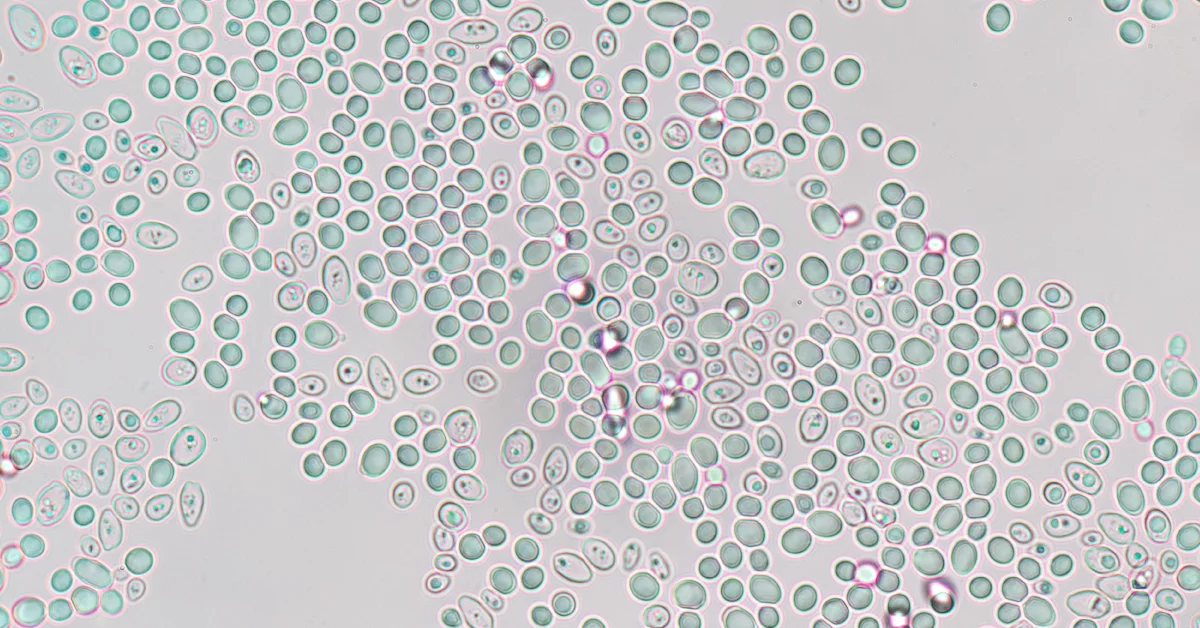Beer Yeast in Brewing
It’s often said that brewers make wort, yeast makes beer – so very true! In this article, our brewing experts talk you through the importance of beer yeast in the brewing process and the terminology used when talking about yeast.
As with the other three main ingredients of beer (water, malt and hops), yeast is equally as, if not more important. Yeast is a living organism that contains the magical little microbes that turn our wort into beer. Above all, a good quality, well treated and a sufficient amount of yeast should be pitched into every beer to ensure optimal fermentation and flavour development.
Still, many brewers underestimate the importance of pitching the correct quantity of healthy yeast.
Yeast Terminology
Liquid and Dry Yeast
This is the form of yeast that you purchase as a brewer. Liquid yeast is in a liquid suspension, whereas dry yeast has the liquid removed. Both are effective for fermenting beer.
Top tip: To calculate the correct amount of yeast, use the yeast pitch calculator on the Grainfather app.
Cell Count
This is the number of yeast cells per billion (ie – a count of 150 – 150 billion).
Viability
This is the effectiveness of the remaining live yeast cells – how alive and how healthy they are. Yeast cells die from the moment they are propagated, which means that the yeast packet becomes less effective over time.
Attenuation
This is the percentage of sugar in your wort that is available for the yeast to convert into alcohol. In other words, this is how much work the yeast will do before they get too tired or go to sleep.
Starter
A starter is a diluted sugar solution that activates the yeast. It is responsible for allowing the yeast to replicate. Starters are mostly used for liquid yeasts but can be used for dry yeasts as well.
How to increase the quantity of beer yeast
Purchase and pitch more yeast
Using more packets of yeast, both dry and liquid, will immediately up your cell count and provide your yeast with more teammates to tackle the task of making delicious beer.
Use a yeast starter
Using a yeast starter gives your small amount of yeast the chance to fire up and multiply which, in turn, provides your yeast more teammates to tackle the task of making delicious beer.
To explain a yeast starter in a bit more detail, we essentially need to understand what it is… A starter can be as simple as a sanitised bottle containing fermentable wort and yeast to kick off fermentation, up to as complicated as a stir plate, flask and stir bar (which in essence, is NOT complicated at all).
Stir Plate
This is a device used in conjunction with a stir bar and flask to constantly agitate the yeast starter, and keep yeast in suspension whilst promoting gas exchange.
If you’re new to brewing and are looking to up your knowledge, check out the rest of our Brewing 101 articles. Leave a comment below or contact us on [email protected] if you have any questions. We’re happy to help!
